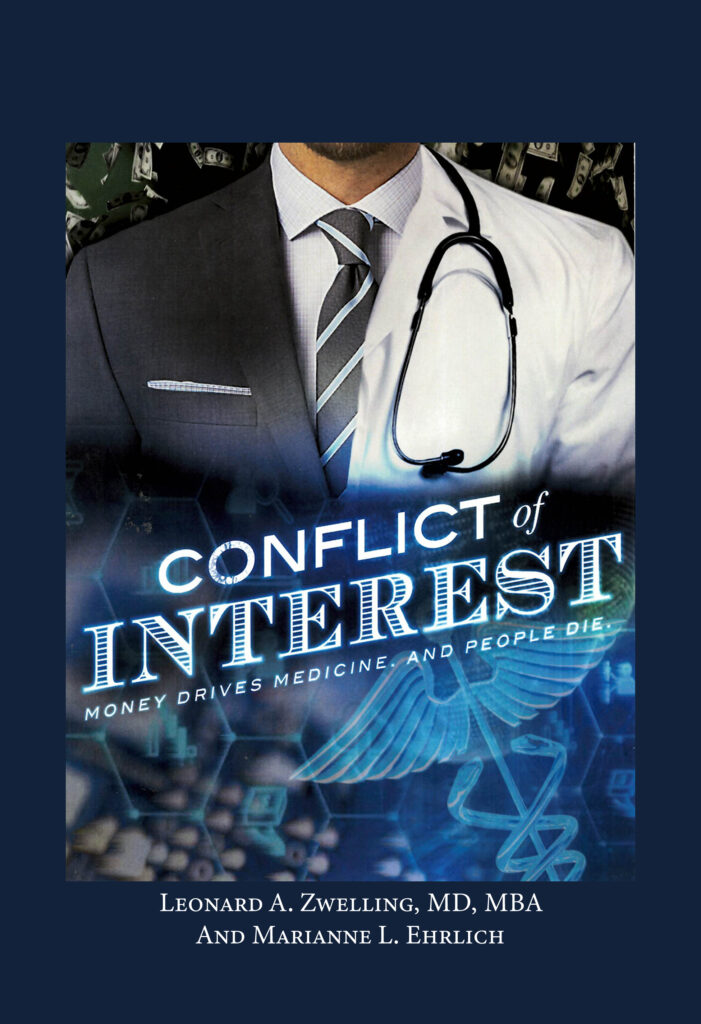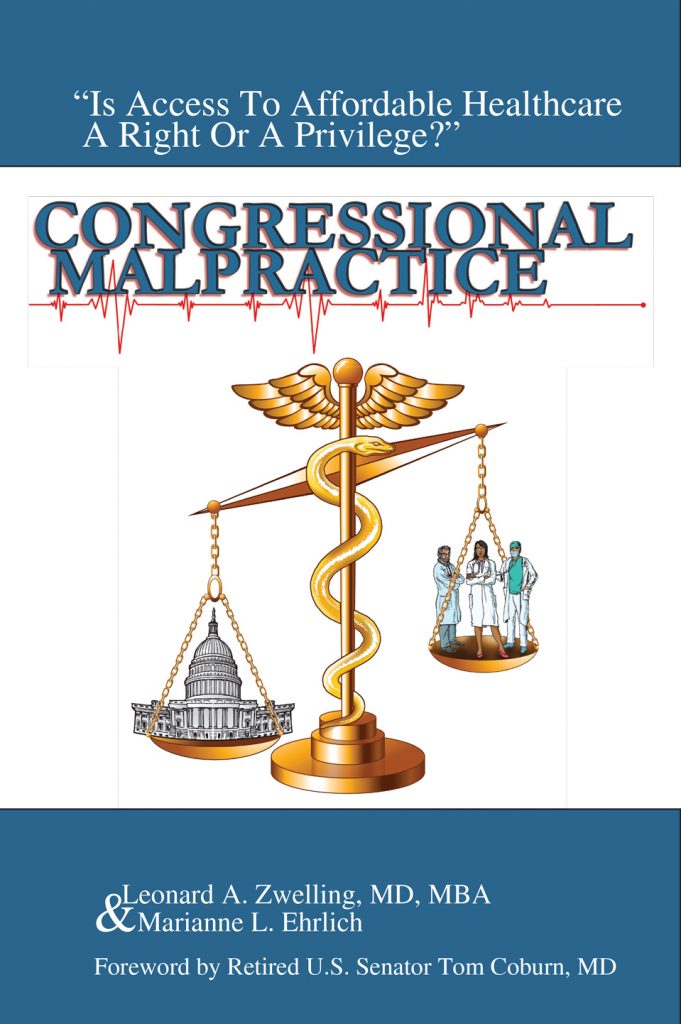Truth
By
Leonard Zwelling
The coronavirus has changed everything from the Olympics to the national political conventions. But did it need to wreck the economy and why did it?
There were basically two paths that the United States could have taken once the coronavirus escaped China and made it to our shores.
Choice one was to recognize the virus as being a serious respiratory illness that tended to be most damaging to the elderly, especially those in nursing homes and those with pre-existing medical conditions. This was obvious pretty early on. Those vulnerable people had to be protected by frequent testing, isolation and containment. Those not in the group of the most susceptible should get exposed to the virus thus hastening herd immunity and protecting the rest of the population. It was known right away that a vaccine was at least a year away and by then it was likely that the disease would spread widely. It has. That was choice one, a modification of the Swedish model which did not do enough to protect the elderly, but did work to keep as much commerce as possible open so as not to bring down the Swedish economy. Unfortunately, that only worked partially because many Swedes avoided that economy in fear for their lives. Even today, I am not sure that we know the real viral risk to the well without pre-existing conditions. It’s not zero, but it may not be large either. This argues that the economy should have been kept open using masks and social distancing to contain contagion.
Choice two was the New Zealand model. Shut the place down—the borders and the economy. That seemed to work in an island nation of 5 million. It is less clear that that would have worked in the United States with over 300 million spread over fifty states. We may well have had fewer deaths than we had, but the damage to the economy of a New Zealand strategy would have been catastrophic.
Instead of one or two, America chose neither. In fact, it did not choose at all.
This article from The Wall Street Journal of September 1 documents the failure of the Trump Administration to meet the moment of tested national leadership instead pitting one state against another in the quest for PPE.
New York and New Jersey were decimated with many deaths in nursing homes and many hospitalized. Case rates continue to rise although death rates seem to be falling now. We shall see what happens as autumn approaches and the flu season begins. The number of positive tests is not a worry, but the death rate is. It suggests that we have done a poor job of protecting the vulnerable.
The truth is that pandemics occur and one was bound to. The Obama Administration warned the Trump Administration about such a scenario in 2017. I am not sure the new blood took it seriously because it is evident now that the FDA, the CDC, and the NIH had no nationwide plan for what to do about an in-coming contagion despite having been warned that such an occurrence was a likely possibility. The Trump Administration refused to lead so the governors did the best that they could competing with each other as the WSJ article describes..
Instead of deciding, the Trump Administration passed the buck to the states, never synthesizing a national plan and now here we are—180,000 dead and the great Trump economy in shambles. Furthermore, things may well get worse unless Congress can come to some accord about helping those thrown out of work, which seems less likely every day.
The truth is that it didn’t have to be that way IF we had had a plan. But we didn’t and now there’s this. The NBA is in a bubble. The unemployment rate is too high. Lines to get food at food banks are long and we have two dreadful choices for president. As far as I can see, that’s the truth. Unfortunately, I am not sure there is much we can do about it, which is both depressing and candid.
What we can hope for is that whoever gets elected is a transition figure between the leadership of the 70-year olds and the rise of the young. We need some new blood at the helm—in the White House and in Congress. It is time for the elderly to step aside. Now that’s the truth.




